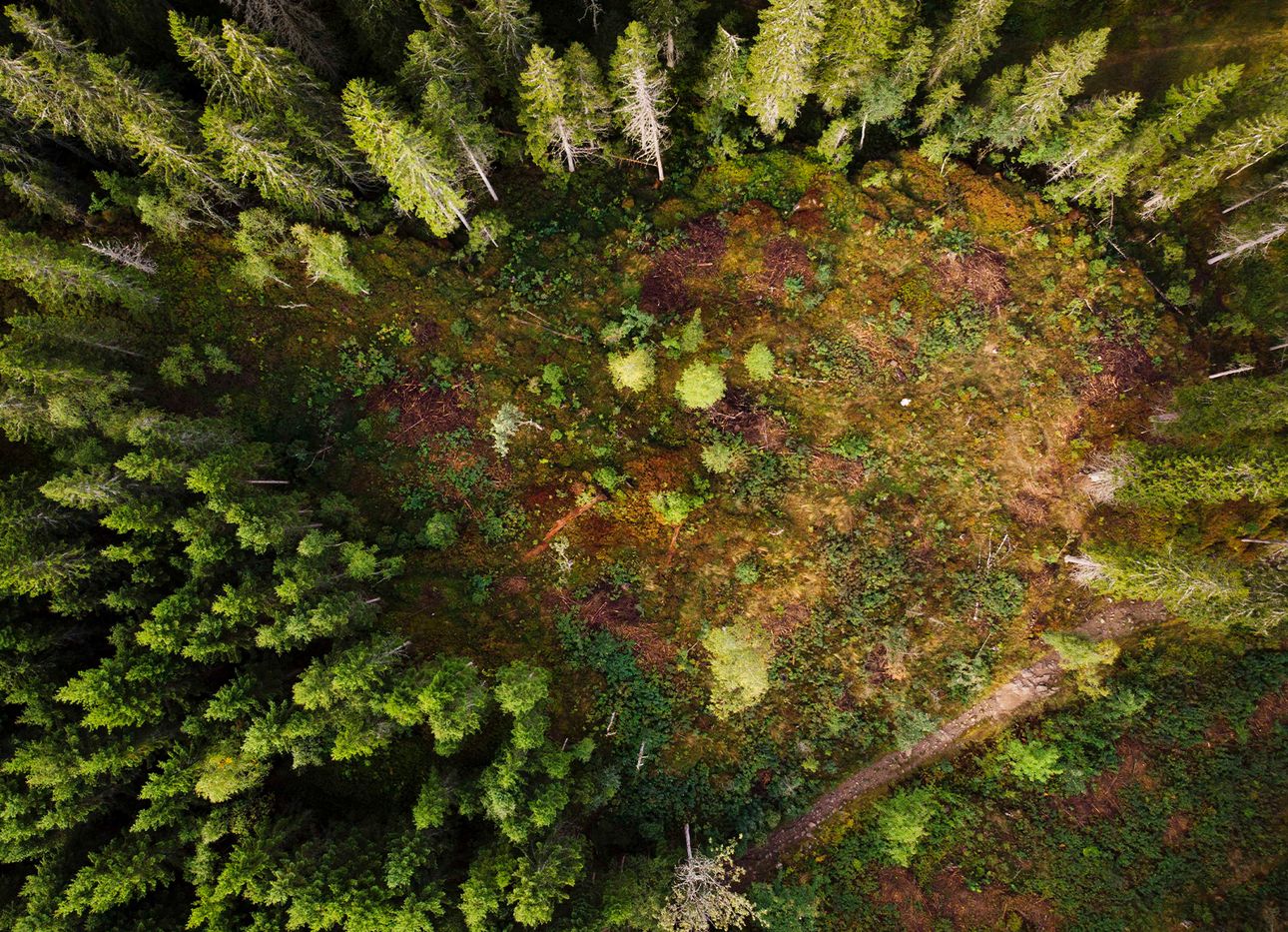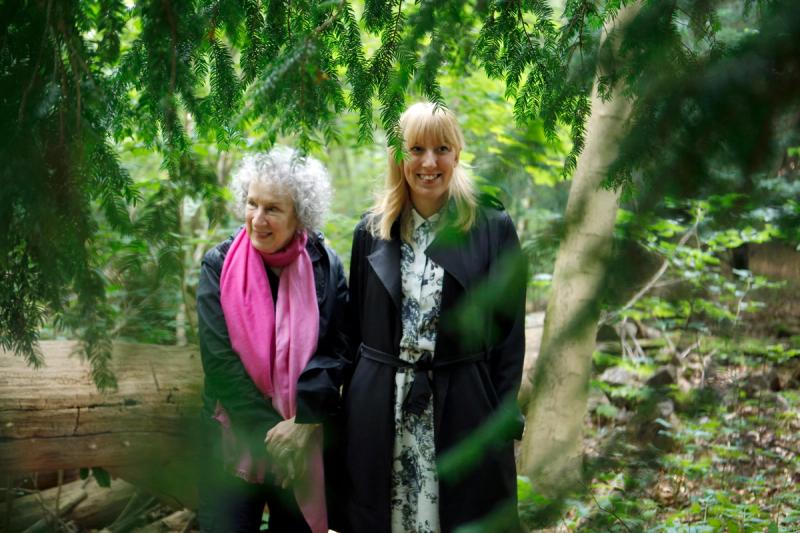
At a Library in Oslo, the Books Can’t Be Read Until 2114
“A forest in Norway is growing.” So begins the cryptic text printed on a certificate for the Future Library, or Framtidsbiblioteket, an artwork by Scottish artist Katie Paterson that, over the span of a century, cumulatively builds a collection of written works viewable only to future generations. Since the project’s beginning, in 2014, one author from across the globe has been invited each year to contribute a piece of writing—anything from a poem to a short story, or a full-length book—which will be held in trust, unread and unpublished, until the year 2114. The certificate, which comes in a limited edition of 1,000, entitles its bearer to a full anthology of all 100 works, which will be printed on paper culled from the Future Library Forest, a grove of 1,000 trees planted by Paterson in 2014 just outside of Oslo, Norway. As the young saplings continue to flourish and mature, so too does the Future Library’s collection.
Now in its ninth year, the Future Library already holds a rich treasury of works from an illustrious international roster. The first author to contribute was Canadian novelist and poet Margaret Atwood, followed by British novelist, comedian, and actor David Mitchell in 2015; Icelandic poet, novelist, and lyricist Sjón in 2016; Turkish-British author and political commentator Elif Shafak in 2017; and Korean author Han Kang in 2018. The most recent three works to be added to the collection—in 2019, 2020, and 2021, respectively—are by Norwegian writer Karl Ove Knausgård, the Vietnamese American poet, essayist, and novelist Ocean Vuong, and Zimbabwean novelist, playwright, and filmmaker Tsitsi Dangarembga. Each manuscript is deeded to the library during an annual handover ceremony in the Future Library Forest, where the name of the work is revealed, but nothing else. Writing for an audience that does not yet exist, authors forego the ability to commune over these works within their lifetimes.
In an era in which the years ahead feel more and more uncertain, the Future Library serves as an invitation to contemplate the scope of time that a century holds; since none of the founders and early contributors planting the seeds of the library will be alive to see its culmination, the project is, in essence, a nonreciprocal gift to future unborn generations. “It’s unique to be working on a project where I have to be constantly facing up to my own mortality,” Paterson says. “It’s touching, but also kind of difficult to imagine that future. But that’s also why I’m doing it.”

This year marked an especially momentous one in the library’s expansive timeline. In June, the Future Library Trust—a group established to “compassionately sustain the artwork for its hundred-year duration”—signed a 100-year contract with the City of Oslo to protect and care for the Future Library Forest. “This contract is a commitment to and trust in future generations, but also a symbol of the city of Oslo’s devotion to art, the environment, community, and the written word,” says Anne Beate Hovind, chair of the Future Library Trust. “One hundred years from now, I believe Oslo will continue to be a beacon of those ideals.”
Also in June, Knausgård’s, Vuong’s, and Dangarembga’s manuscripts were added to the collection in a special handover ceremony with Oslo’s mayor, Marianne Borgen, that resumed the annual tradition after a three-year hiatus due to the pandemic. Alongside the previous years’ contributions, these titles will be housed in the Silent Room, a structure specially built to house the manuscripts in Oslo’s Deichman Bjørvika library. Designed by Paterson and the architects Lund Hagem and Atelier Oslo, the intimate interior is clad in wood from the trees that once stood where the Future Library Forest now grows.
For Paterson and others who have committed to sustaining the project, the Future Library now holds a profound significance, creating a bond that brings them back to the forest each year, and for the rest of their lives, to gather. “I take so much joy from this project, and it keeps surprising me,” Paterson says. “By going to the forest every year, I’m looking at the movement, the growth of the trees. I feel like I’m living my life alongside them.” It’s with a profound sense of forward-looking optimism that the Future Library continues to evolve, and with it, the trees, each inching steadily toward the future.